No need for a preamble, I guess, it’s more of a doubles feasibility analysis than a trial share.
By the way, there’s really no written review of this racket in the forum, so I thought it would be timely to put aside the sentimentality and empirically test the performance of this racket now that it’s confirmed to have been discontinued.
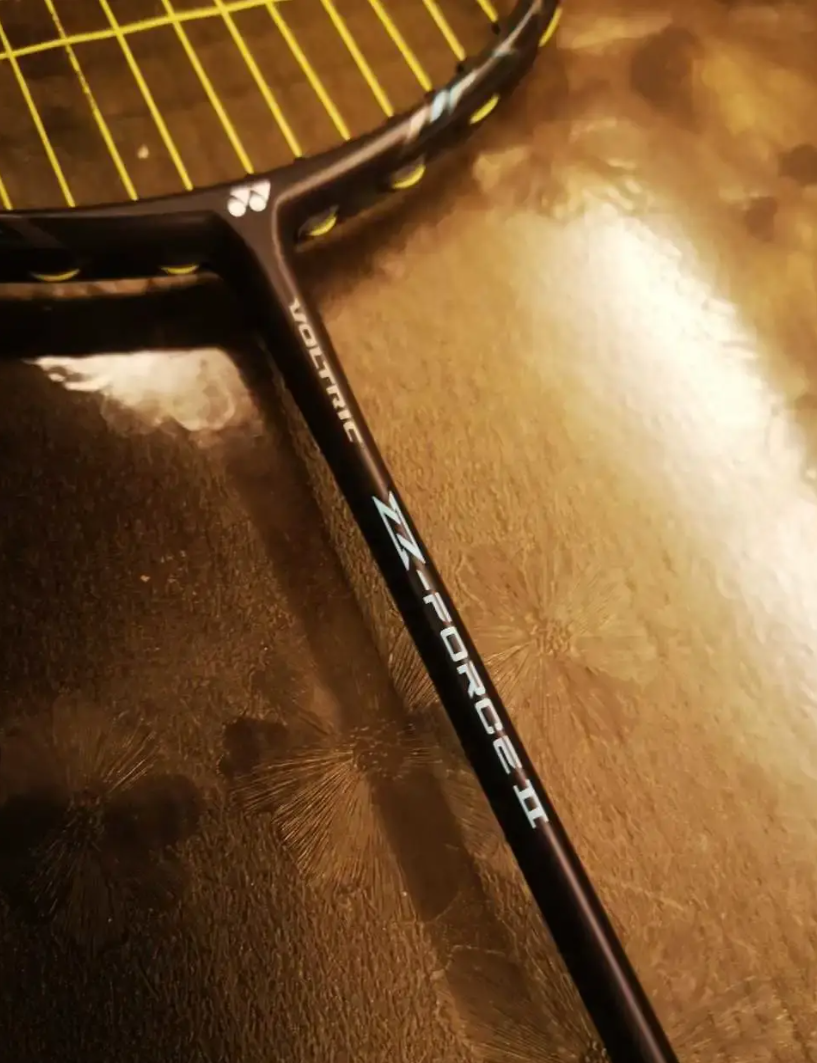
Parameters:3UG5, has a bottom full 97.9g, balance point 304mm, 210mm super thin center bar, tuned hard, narrow fluid box frame, drawstring 25lbs nbg99/26-28lbs bg80.
This racket came from a long time friend and is a JP version of the original color that her dad brought back from a trip to Japan (her dad also has a Red Bow 10). This lacquer is the real name of the very durable, no fancy paint, body frosted black, blue line embellishment, people ruthless words not much strength is not exposed. I think, just from the value of the face, so many versions of the Voltric Z-Force II in the original color is still the most in line with my appetite, of course, may also have to do with I do not have a lot of players faith.
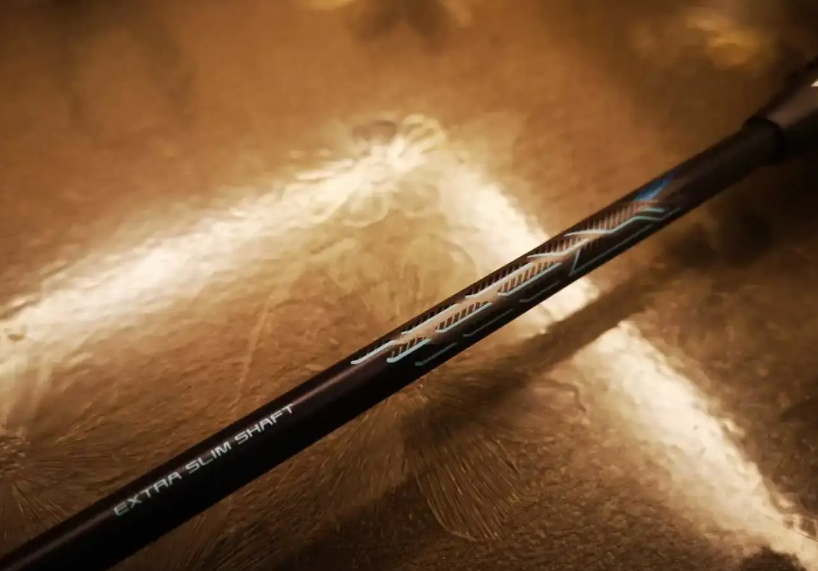
This racket is indeed very unfriendly to start with, but for a pure novice since there is no comparison instead it might be quite acceptable. It’s notably head-heavy, slow-swinging, and a little clumsy with a little bit of braking. The low wind resistance of the small frame is really useful, although heavy, but the swinging process is quite smooth. It is worth mentioning that people who have not received professional badminton training should not use this racket recklessly, as the risk of injury is both in the part of the wrist, small arm and shoulder strains caused by the incorrect power movement, and also in the part of the lower limbs due to the unloading of the braking downward direction of the racket to cause injuries, and the hardness of the racket frame of the Voltric Z-Force II is very large, if you hit the testicles or shins, then it would be very likely that it would be a blunt force trauma.
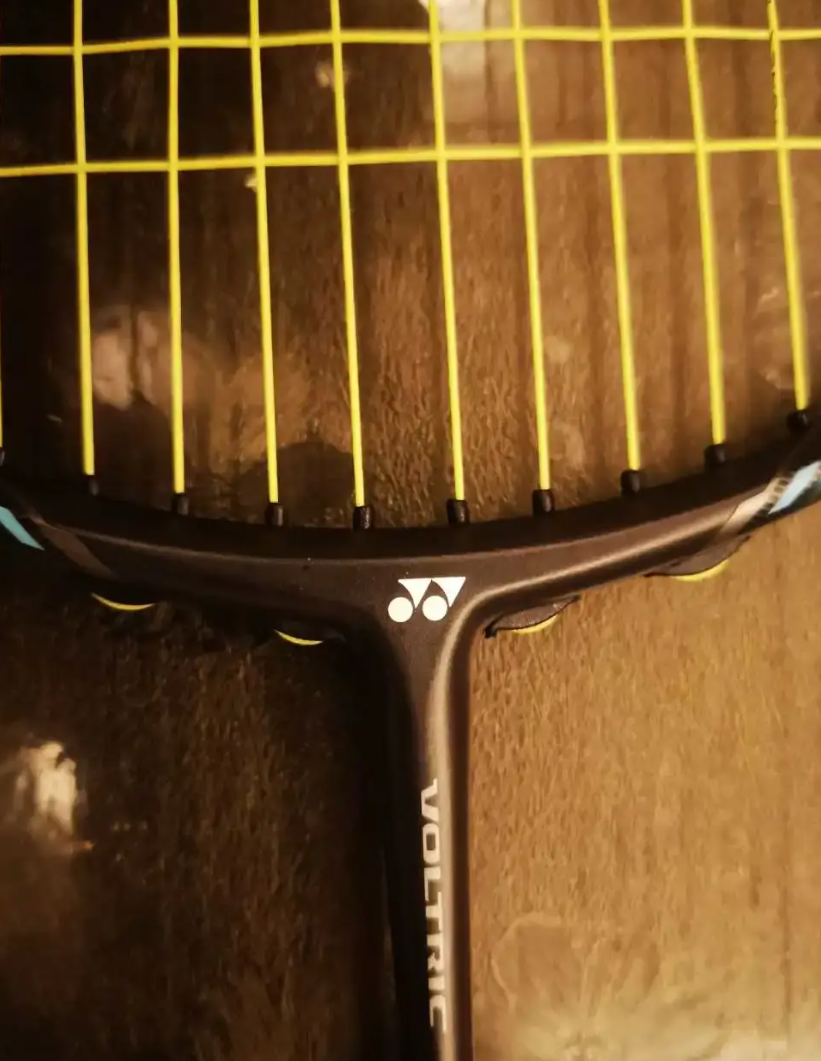
The head of the racket is heavy and hard, coupled with a small racket frame, pulling the high long very good borrowing power, dancing (verb correct) the process of the second sister-in-law naturally completed the energy required for the ball to accumulate, most of the work done by the body in the form of kinetic energy stored in the head of the racket, and the existence of the Power Triangle system has made the small racket frame originally crisp out of the ball to become softer to prolong the ball head and the line of the bed contact time, to prolong the process of energy transfer and improve the efficiency of the racket. The racket is heavy, but it doesn’t require much power for high shots, and the speed of the ball is a bit scary. The caveat is that you have to adapt to a slightly slower swing speed that reaches the point of impact later with the same amount of power. But even with that caveat, you have to change a lot of things, for example, with the same backcourt loft, you have to be good on your feet and quicker to avoid missing the top of the line due to a slow swing speed. During the trial period, I let a strong young man with a Li-Ning X1 have a taste of this racket, and 80% of the downward chances were hit flat and out of bounds.
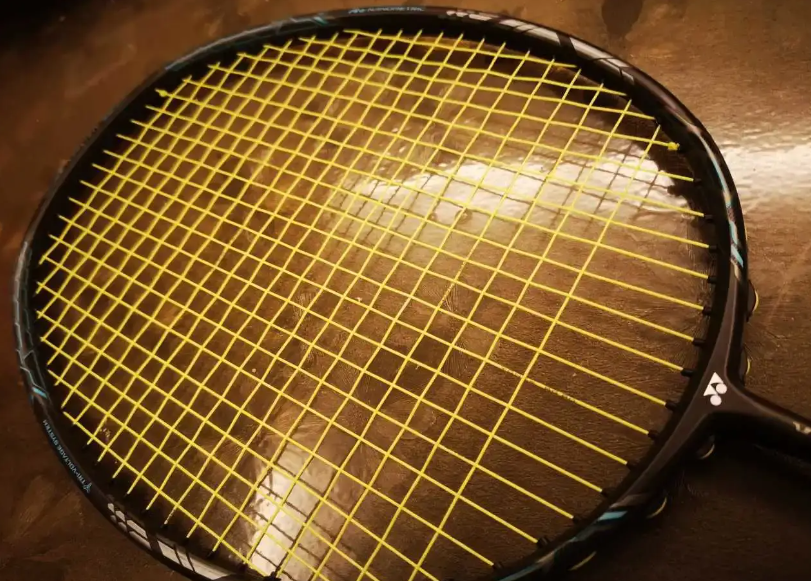
I’m going to make a special mention of “sound” for my first racket trial. Audio filters are a great thing, and they are not esoteric. I cut the nbg99 and replaced it with a high bg80 to get the most out of the Voltric Z-Force II, and the sound of it blowing up after hitting the sweet spot and hitting a regular shot has a sharp, metallic feel to it. It sounds a bit like a more powerful version of the bg65ti. Trial day with the arena old greaseball played a few games, each kill ball let the spectators on the sidelines staggered, “how this young man in the firecracker”, really can give the opposite side of the role of intimidation, there is the suspicion of victory.
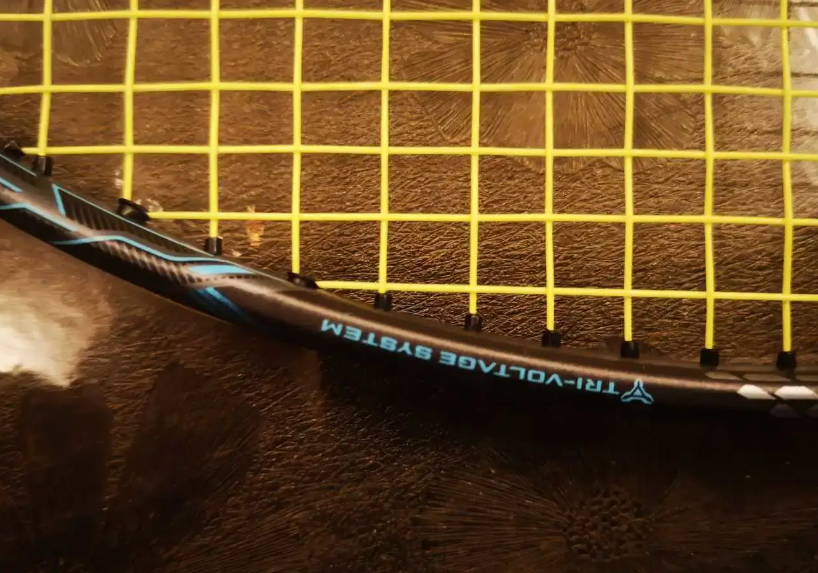
Of course, this racket is a pure singles racket, but I would only come across doubles scenarios, so I had to go hard and give it a go where Second Sister Husband couldn’t throw a punch. The racket is really heavy in the sense that in flat draws we only need to use the power of the lower arm, but when I put on the Voltric Z-Force II for a draw it felt like I couldn’t get my elbow to lock up. The inertia of the racket is so great that it is like operating an axe, and when the arm is not strong enough, it often happens that the small force is not enough to drive the racket to the extent that we have to borrow the power of the big arm to compensate for it. In this way, although the swing angle can be guaranteed, but the swing amplitude is greatly reduced, the strength of the ball is low, it is difficult to fully get rid of passive in the fast-paced confrontation, often only far net to near net processing. The same is true for the kill, but the body posture is more fixed when you are prepared to receive the kill, so you can do a better job of getting rid of passivity, but such a heavy racket puts forward new requirements for the grasp of the power to avoid sending out the baseline under the brute force.
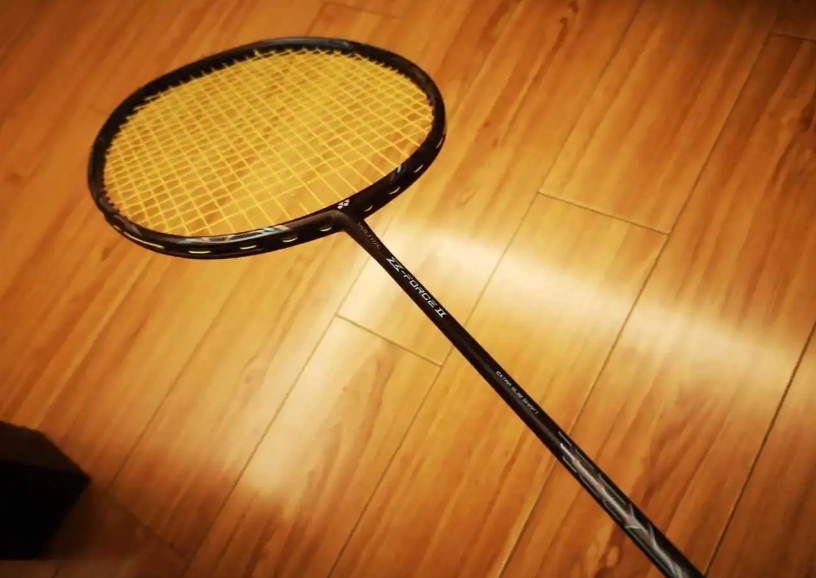
I’m a bit of a rookie, encountered chasing, over the top and behind the backhand area of the incoming ball, so far, I have not thought of any way to solve the constraints imposed by zf2, dead center.
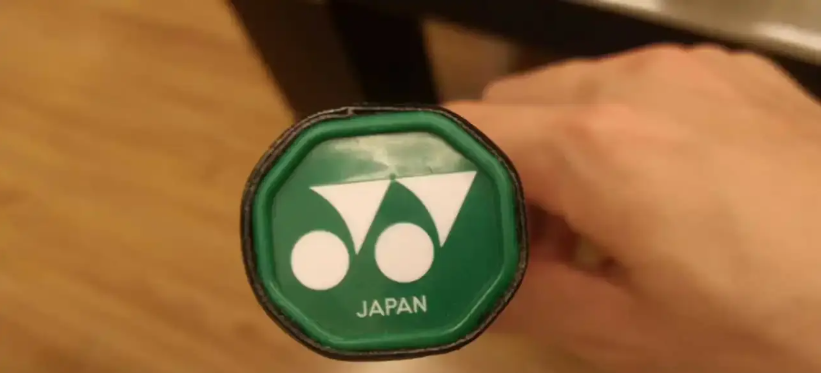
I’m sure a lot of people covet the zf2’s drop shot quality. Indeed, I have yet to come across a racket that has a higher quality of single shot kills than it with adequate preparation. After getting used to the timing of the swing, you can just let your explosive power be unleashed, with AXFORCE momentum, accompanied by a loud blasting sound, and the ball is shot out like a cannonball. The ball is shot like a cannonball. The feeling of the ball is full of pressure, there is no pressure on the ball at all, and the pointing is full. However, if compared to the record holder zsp, I still prefer the latter’s smoother launching process, which is less exhausting, and at the same time, the feeling of the small racket frame gathering force and popping up is more pure. I am not very good with my hands, and many of my attacks are just natural kills on my opponents, which are much more effective. At the same time, when your ability to kill the ball has a deterrent effect, the opponent’s fear will make your collection of hanging and flat high ball are more threatening, the ball path is fully open. In doubles, if you have a very good teammate who is willing to give you the ball in front of the net and also has excellent flat blocking ability, then your task is as simple and fast as your physical condition allows, with a lot of route mobilization with a brain and without a brain crazy downward pressure are both preferred. Also, for those who have made the mistake of using this racket and are still lacking in ability, please make sure to lift your elbows and lock your wrists on high points to reduce the risk of injury, and don’t squeeze your wrists.
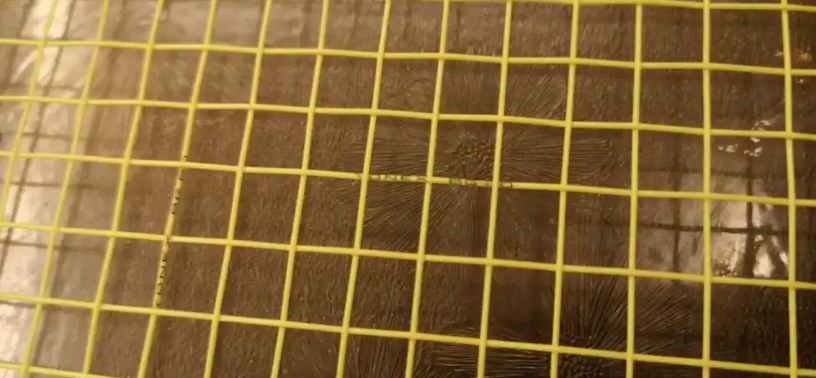
What if you want to touch the fish? That’s actually fine, just talk to your teammates and put your full attention at the net. The performance of this racket at the net is the best among the small racket frames I’ve ever used, bar none. The feel of the racket is solid and stable, and after practicing some net rolls, hooks and lobs during the warm-up, I was able to use it in the match, and I was able to hit small balls against the net with ease, forcing the opponent to take the ball up. As long as you don’t hit the ball too low, the Voltric Z-Force II can be used at the net for everything except for blocking the net. Stick to the net hook, and immediately after the ball out, set up the racket to try to block the net to scare the opponent, and leave the rest of the backcourt to your teammates (even if your teammates don’t kill the ball well, it’s his fault if the opponent breaks it, but not your fault).
Simply put, for doubles you need a teammate who specializes in net or backcourt, who can play offense and defense without any problem, and who avoids the draw. During the trial period, I used Voltric Z-Force II in several doubles matches, and I got good results. Afterwards, I could clearly feel that the load on my body, especially on my small arms, would be a little bit bigger, and I needed to rest for a long time to recover, so I had to relax every time I used Voltric Z-Force II.
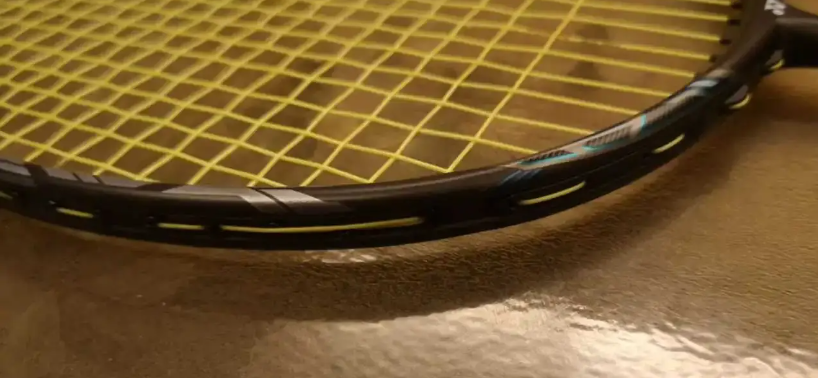
It was a rare opportunity to get a chance to try the Voltric Z-Force II, and besides the small surprise of having the ability to counterbalance in doubles with a little thought, the overall impression is actually not too bad as we can all imagine, and there is not too much excitement overall, after all, even if you haven’t played it before, you are already familiar with the tone of this type of racket, so there is no need to overly deify it or fear it. Moreover, although it is difficult to get used to, it can be adapted to, and it can provide positive feedback for the user to continuously improve their ability.
One thing I must admit, though, is that after trying it out, I still want to pick it up every now and then for a full-on kill, and it’s more or less addictive. Even though I’ve tried the racket, since I haven’t been asked to return it, I’ll keep it for a little while longer, and it should be quite pleasurable to find someone to feed me high balls for killing practice someday, while I get to know the temperament of the racket.

Leave a Reply